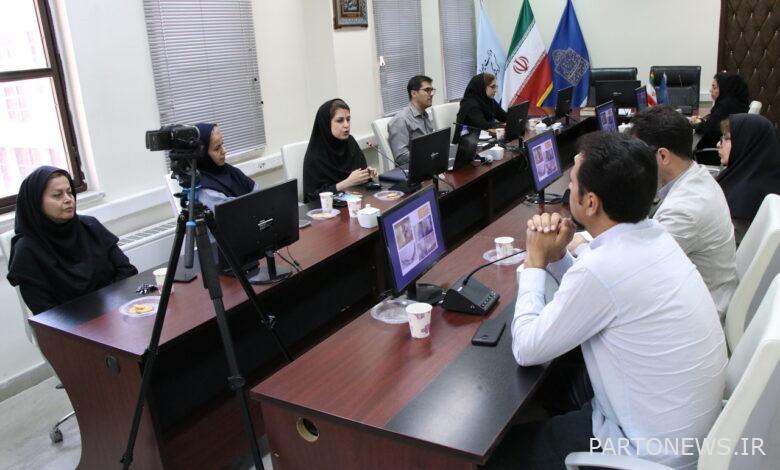Cleaning the surface of historical monuments is one of the most challenging measures in the field of protection and restoration

According to the Aria Heritage report, citing the public relations of the Research Institute of Cultural Heritage and Tourism, Mohammad Mortazavi, a member of the faculty of the Faculty of Conservation and Restoration, Isfahan University of Arts, 7 Shahrivar 1402, in this meeting, the topic was “Rethinking the preservation of historical bronze works; A look at new studies in the field of corrosion and residual evidence” and pointing out that the various characteristics of historical metal objects present a wide range of challenges to conservationists, he clarified: cleaning hard environmental deposits without damaging the underlying layers on the one hand And preserving the metal object against progressive and active corrosion, on the other hand, is one of these things.
He added: In addition to technical problems, various issues and issues that arise around historical metal objects obtained from archaeological excavations have an impact on conservation decisions, but what has been addressed in this review is a new look at the conservation and restoration of bronze objects and Other historical copper alloys are focused on understanding these works through the lens of studying corrosion processes and the remaining evidence on them.
The faculty member of the Faculty of Conservation and Restoration of Isfahan University of Arts, stating that the various evidences preserved in the corrosion products provide facts about the object, which by helping to better understand and recognize it, has an effect on the interpretation of the conservationist-restorer of the historical object, he added: The different types of information that can be recovered from the layers and corrosion products of objects can lead to different valuations that influence the judgment of how the artefact came to be, giving different directions to conservation decisions.
He stated: Therefore, in this presentation, an overview of various types of information that can be obtained by examining and analyzing products and corrosion layers about the manufacturing process, decorations, method of use and type of application, human activities related to the object and its ancient texture. and different challenges related to each one have been discussed.
In the following, Shiba Khadeer, an expert at the Research Center for the Protection and Restoration of Historical-Cultural Artifacts, in charge of the Metal Artifacts Protection Department and the Laser Department, looking at the cleaning process of historical metal artefacts, said that cleaning the surface of historical artefacts is one of the common and challenging measures in the field of preservation and restoration. He read the historical monuments and said: cleaning and removing deposits from the surfaces of metal monuments, like any other conservation method, requires detailed documentation, video recording of details, and pathological and technological studies.
He stated: Although the destructive method is irreversible and invasive, its correct implementation plays a significant role in the matter of protection and treatment, discussion of aesthetics and introduction and recognition of the work.
Pointing out that the cleaning of historical metals is done with various mechanical, chemical and new methods and tools such as laser and plasma, Khadeer added: awareness of the nature of metal and its damages and the correct selection of cleaning methods and compliance with the limit of intervention to prevent any damage to The effect level helps a lot.
end of message/

